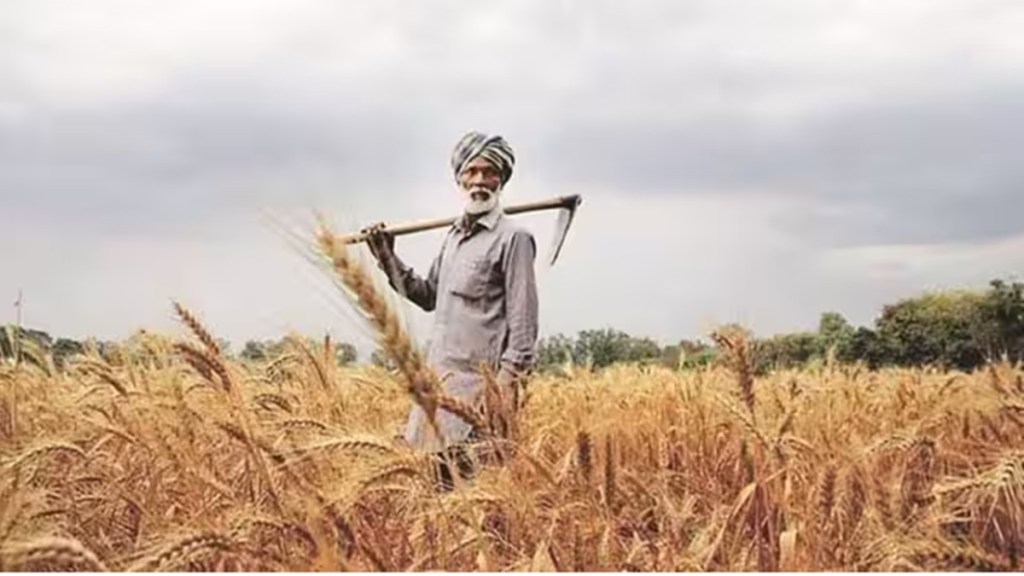Ahead of crucial state assembly elections in Rajasthan, Madhya Pradesh and Chhattisgarh and the national elections in 2024, the Union government is considering hiking income support to farmers under its flagship scheme, Pradhan Mantri Kisan Samman Nidhi. Although it has not decided exactly when to roll-out the enhanced PM-Kisan, political considerations will obviously dictate the timing of the decision. After all, the scheme was itself launched ahead of the previous national elections by prime minister Narendra Modi in Gorakhpur on February 24, 2019. PM-Kisan annually provides Rs 6,000 in three installments to 110 million small and marginal farmers. The proposal under consideration entails raising it further by 50% to provide an additional Rs 2,000-3,000 per farmer household, as this newspaper reported. As this support has so far been fixed in nominal terms, the proposed increase will ensure that this is not eroded in real terms by inflation.
Besides the politics, this proposal certainly has merit considering the narrative of agrarian distress as farming at the margin is getting increasingly unviable. Small and marginal farmers continue cultivation on holdings that are diminishing in size as there are limited possibilities to move to urban areas due to the lack of opportunities in industry. Higher PM-Kisan support will therefore be welcomed by the cultivators. In its existing form, PM-Kisan is provided to farmer households having combined landholding/ownership of up to 2 hectares. But considering its benefits, there is warrant to make this flagship scheme more inclusive by drawing on the best practices of various states like Odisha, which provide financial assistance to all cultivators and tenants who not have titles to their land and landless agricultural labourers.
This idea of more inclusiveness in PM-Kisan to include agricultural labourers, construction and non-farm workers who are in very sizeable numbers in the countryside has also been mooted by Ramesh Chand, a member of the official think-tank, NITI Aayog. According to him, everybody who satisfies some criteria such as people exempt from income tax or total income up to a threshold level of should be given income support. The big question is whether the government has the data to identify the beneficiaries of a more inclusive PM-Kisan. To start with, there are no reliable numbers as to how many farmers are there in the countryside, which varies between 100 million to 150 million depending on which official data source is used. There are no up-to-date estimates either on farmer incomes, which the ruling NDA government is committed to doubling in real terms. The latest number of agricultural labourers will not be available till the decennial census 2021 (postponed because of the pandemic) is conducted.
An enhanced and possibly more inclusive PM-Kisan naturally raises the question of its affordability. Chand does not give any numbers. Prima facie, spreading the existing amount over a larger number of beneficiaries in the countryside is unlikely to benefit either the farmers or agricultural labourers. Since its inception, financial support of more than Rs 2.5 trillion has been provided to small and marginal farmers. These payments were useful during the nationwide lockdown to battle Covid-19. Enhancing PM-Kisan is all the more necessary now to supplement their stressed incomes as a weakening southwest monsoon due to the development of El Nino impacts cultivation. But this requires greater political will to find the resources, including even taxing agricultural incomes, if necessary, ahead of the forthcoming elections.

